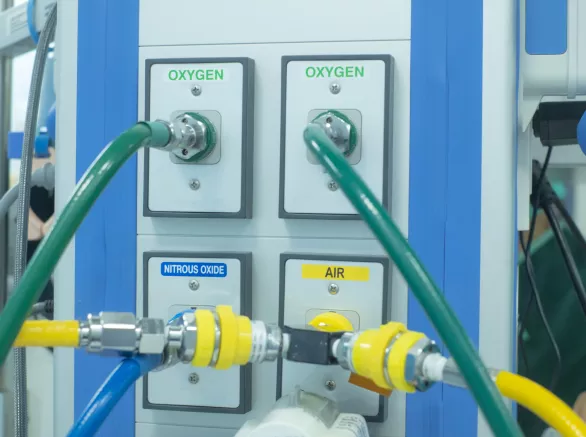March 9, 2022
Innovations in medical devices over the past century have greatly improved patient care and outcomes. As our ability to develop complex medical devices has increased, so too has our understanding of their potential risks, resulting in stricter testing and validation requirements from the U.S. Food and Drug Administration (FDA) and government regulatory agencies world-wide.
Even with this oversight, medical devices carry an inherent level of risk that cannot be eliminated because they operate in the human body — an aggressive environment that varies between each individual — and because they are installed through surgery, which can be highly variable depending on technique, skill level, and specific patient circumstances.
![Medical Devices, Implants & Surgical Tools [MCE]](/sites/default/files/styles/fifty_media_large/public/media/images/GettyImages-1193074238.jpg.webp?itok=dsxvr1Ad)
Careful consideration of these factors is essential to performing a thorough root-cause investigation of any medical device failure. Guidelines for applying a holistic methodology to such investigations have been developed by Exponent's Matthew L. Bowers, Ph.D., P.E., managing engineer; Gabriel S. Ganot, Ph.D., P.E., CWI, principal engineer; Louis Malito, Ph.D., P.E., senior engineer; Felicia L. Svedlund, Ph.D., managing scientist; and Brad A. James, Ph.D., P.E., FASM, group vice president and principal engineer. In their new chapter, "Failure Analysis of Medical Devices," from the updated American Society for Metals (ASM) Handbook, Volume 11A, Analysis and Prevention of Component and Equipment Failures, the authors describe a "three-legged stool" approach that acts as a roadmap for determining the root cause of medical device failures through "an understanding and review of three main areas: manufacturing/design of the component, individual patient factors, and surgical technique."
Using this approach, they explore the metallurgical and materials engineering aspects of medical device failure investigations that include fracture, wear, and corrosion by discussing failure modes of long-term orthopedic and cardiovascular implants; short-term implants, such as bone screws and plates; and surgical tools. They conclude with several case studies illustrating the various failure modes discussed throughout their chapter.
To learn more, visit "Failure Analysis of Medical Devices." Full content requires purchase.
Insights

![Medical Devices [EECS]](/sites/default/files/styles/hero_teal/public/media/images/GettyImages-1369899306.jpg.webp?itok=mLwC0cUd)


